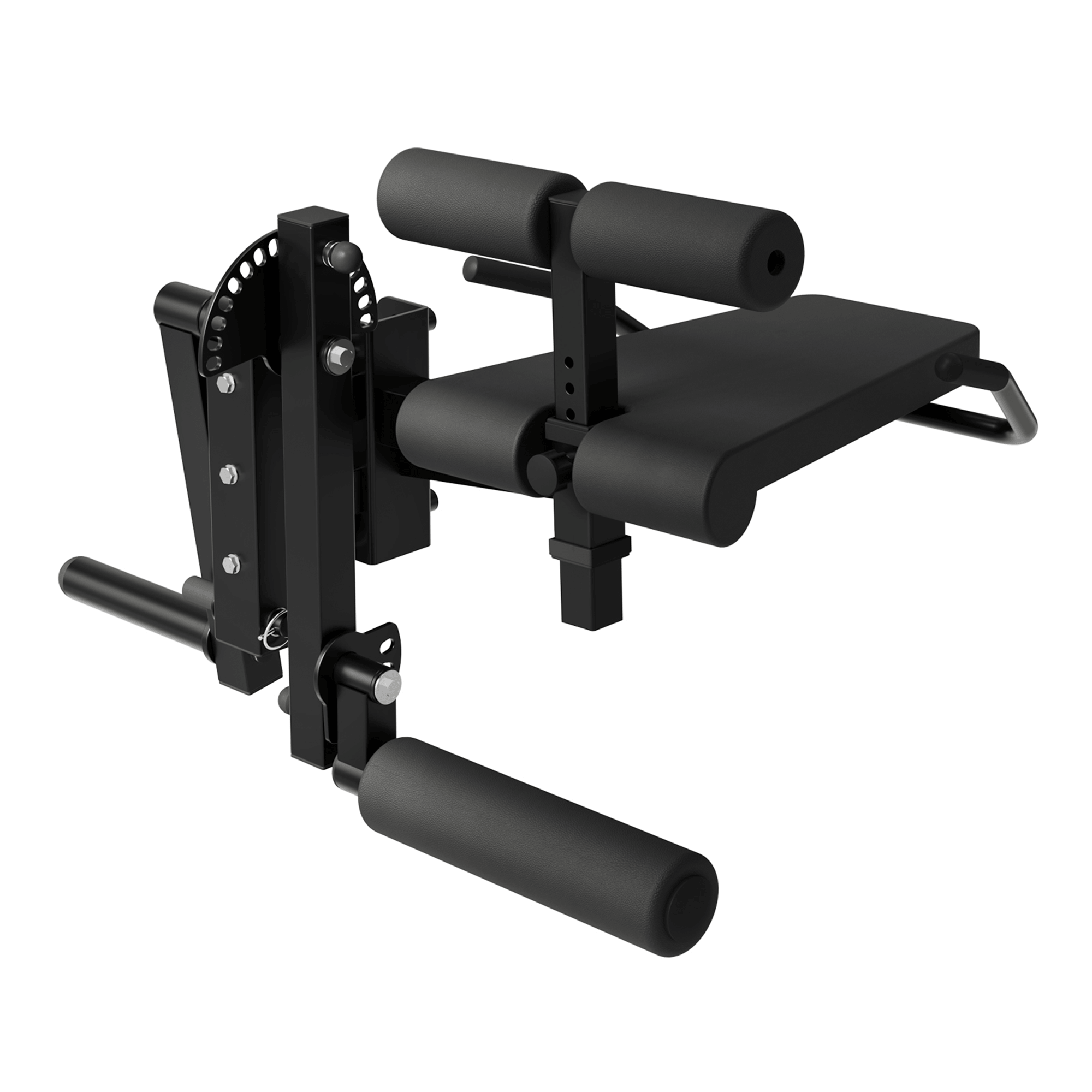When building lower body strength, few exercises are as iconic—or debated—as the squat and the leg press. While both are foundational movements, understanding how they differ in muscle engagement, safety, hypertrophy potential, and real-world carryover can help lifters of all levels make smarter choices for their training.
Leg Press and Squats: The Basics
The squat is a compound movement that involves lowering the body by bending the hips and knees, then standing back up. It requires core stability, ankle and hip mobility, and coordination across multiple joints.
The leg press, by contrast, allows you to push a platform away using your legs while seated or reclined. The load is guided on a fixed path, removing the balance component and placing more emphasis directly on the legs.
Do Squats and Leg Press Work the Same Muscles?
Both movements target similar muscle groups:
-
Quadriceps
-
Glutes
-
Hamstrings
-
Calves (to a lesser extent)
However, squats engage more stabilizing muscles, especially in the core and lower back. The erector spinae, abdominals, and hip flexors all work hard to keep the torso upright and the movement controlled. This makes squats not just a leg exercise, but a full-body effort.
Leg presses, on the other hand, isolate the lower body more directly. Since you're supported by a back pad and moving on a set track, the demand on your core and stabilizers is significantly reduced. This allows you to focus purely on pushing with your legs, often using heavier loads with less fatigue.
Leg Press vs Squats for Mass and Hypertrophy
If the goal is hypertrophy (muscle growth), both can be effective—but for different reasons.
-
Squats stimulate more muscle overall due to their full-body nature, which may enhance hormone response and long-term gains.
-
Leg presses allow you to accumulate more volume without being limited by your back or core. For lifters who struggle with squat form or have injuries, the leg press offers a way to overload the legs safely.
For maximum hypertrophy, many experienced lifters combine both: squats for their total-body impact, and leg presses to burn out the quads and glutes with higher reps and volume.
Is the Leg Press a Substitute for Squats?
Can you do leg presses instead of squats? Technically yes, but it depends on your goals.
-
If you're a bodybuilder or physique-focused, leg presses can effectively replace squats when paired with other compound movements.
-
If you're training for athletic performance, functional strength, or powerlifting, squats are irreplaceable due to their carryover to real-world movement and sports performance.
It's worth noting that relying solely on the leg press may lead to imbalances, especially in the posterior chain and core.
Vertical Leg Press vs Squats
The vertical leg press positions your body beneath the weight, pushing it directly upward. This version recruits the hamstrings and glutes more intensely than traditional seated presses and can mimic some elements of a squat. However, it still lacks the core and stabilizer engagement of free squats.
Use vertical presses cautiously, especially if you have tight hamstrings or lower back issues, as the angle can stress the lumbar spine if form breaks down.
Seated Leg Press vs Squats: What’s the Difference?
The seated leg press, found in most gyms, offers a stable and user-friendly option for leg training. It's ideal for beginners or those rehabbing an injury. Compared to squats, it reduces spinal load and allows you to control depth and range of motion precisely.
However, it doesn’t replicate the functional movement of squatting, which has real-life applications like standing up from a chair, climbing stairs, or lifting off the ground.
Final Thoughts: Which Is Better?
There’s no universal winner in the leg press vs squat debate. The better option depends on:
-
Your experience level
-
Your training goals (mass, strength, rehab, general fitness)
-
Your injury history and mobility
Use squats when you want functional strength, athleticism, and total-body engagement.
Use leg presses when you want controlled isolation, hypertrophy, or need a lower-risk option for heavy leg training.
In the smartest training programs, you don’t have to choose one over the other—you can use both strategically to build a stronger, more balanced lower body.












































Leave a comment
This site is protected by hCaptcha and the hCaptcha Privacy Policy and Terms of Service apply.